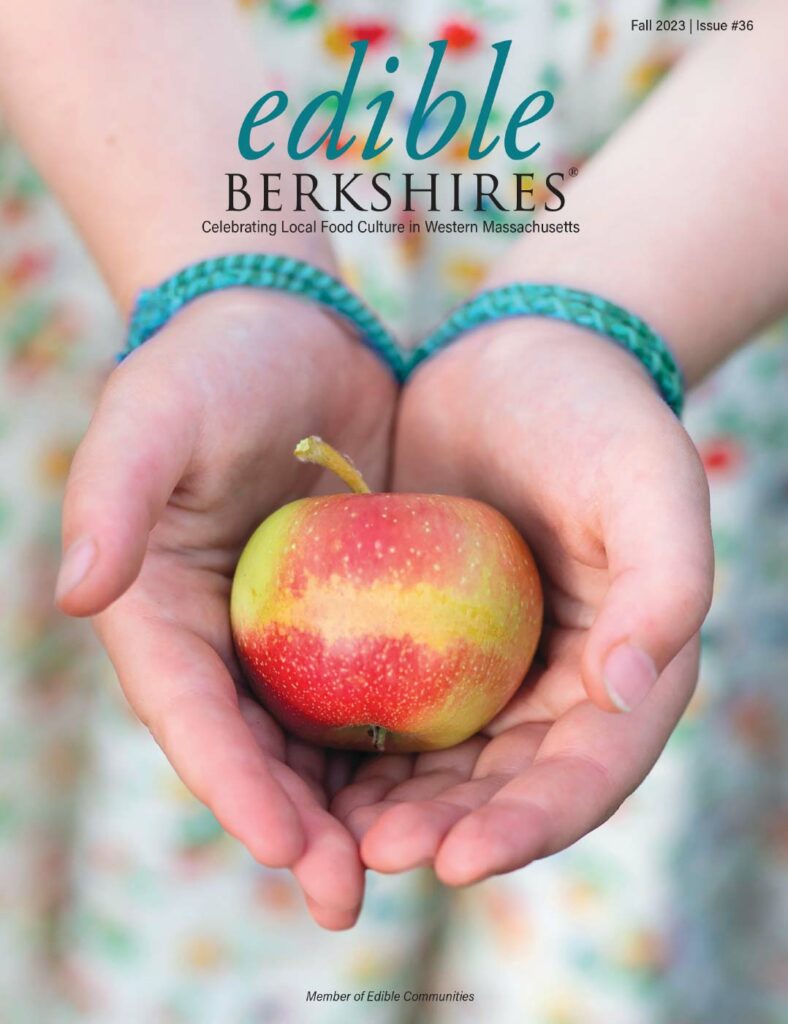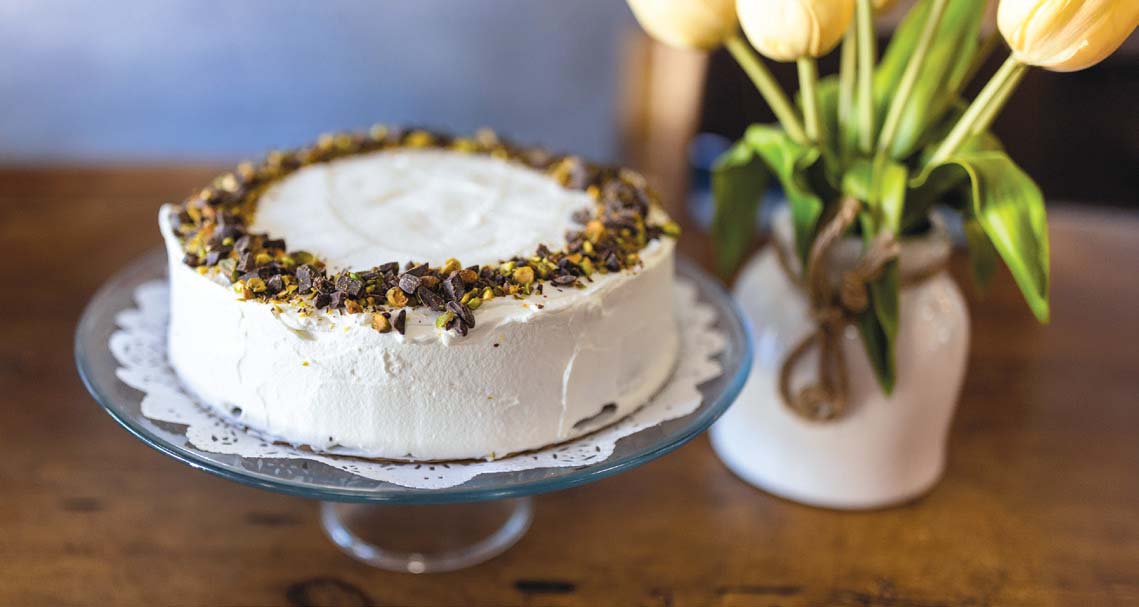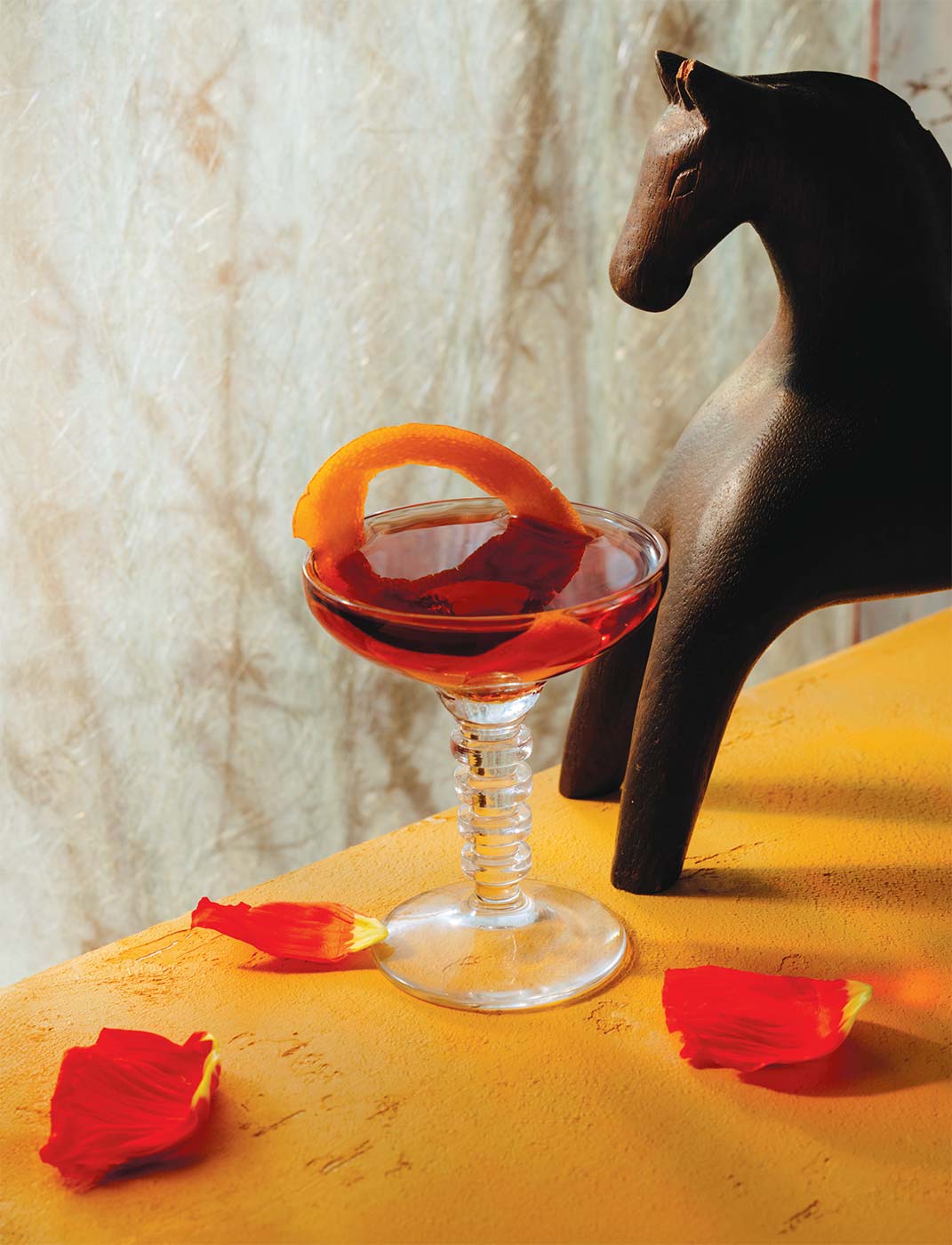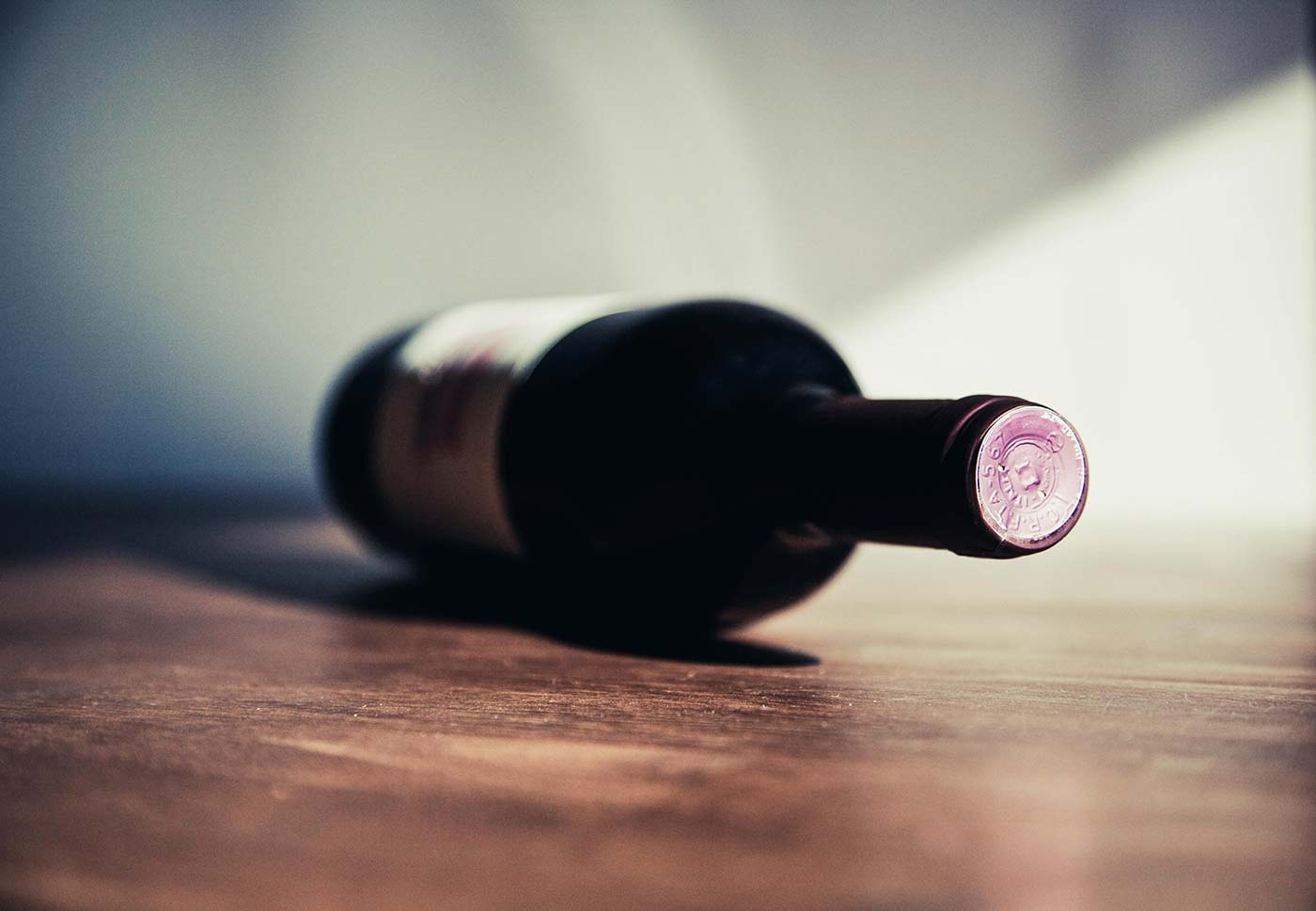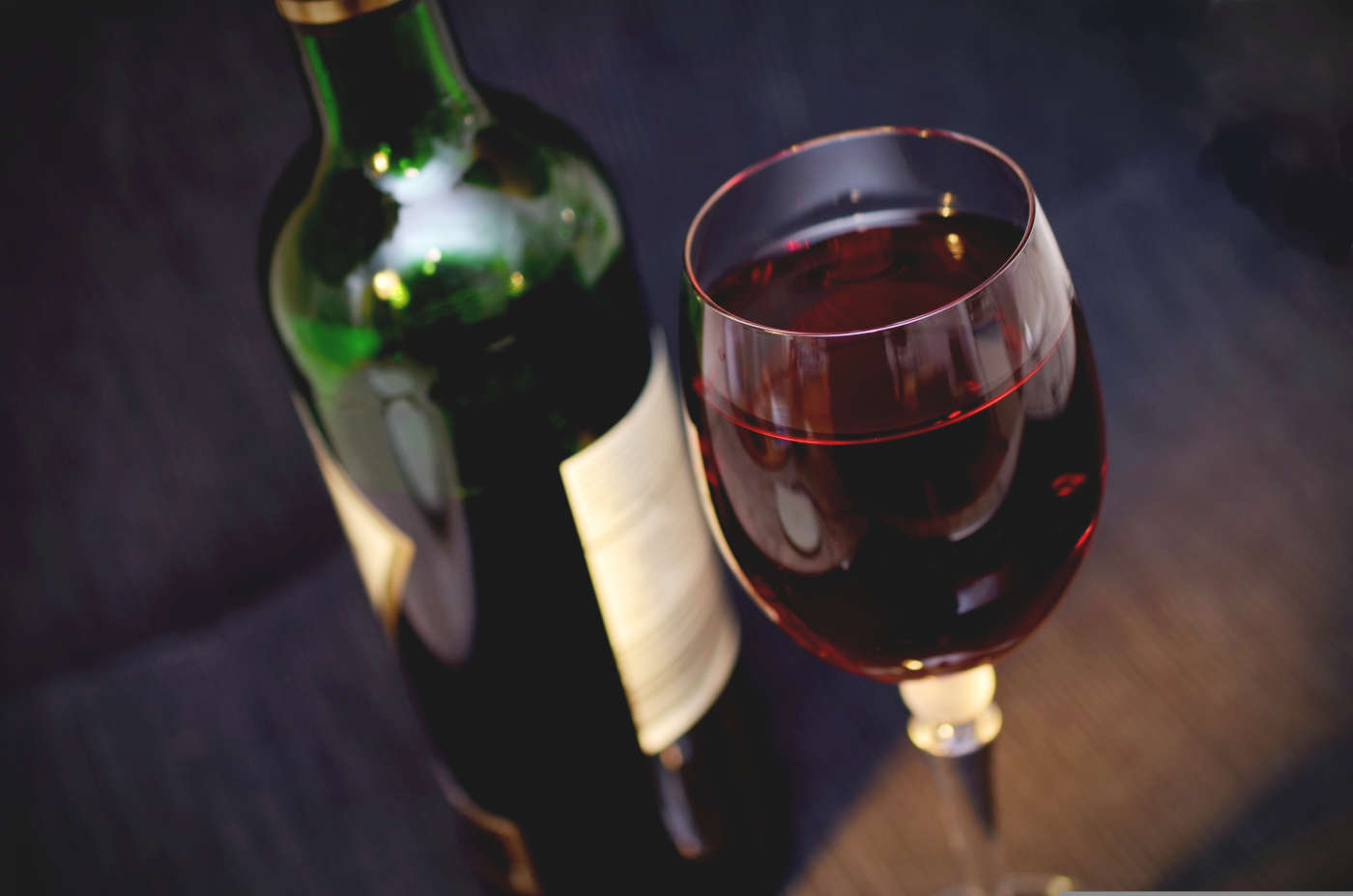
“Wine always mirrors society.” —Olivier Thienot, Director of the Paris École des Vins et Spiritueux
Fun, fruity, and ready to drink—have you noticed the “new wines” favored by Millennials and Gen Z? These new-style wines are gradually replacing the more traditional brands and are an illustration of how tastes are evolving.
The first factor driving the success of these new wines is changes in lifestyle. My daughter, Rebecca, lives in Boston and like most of her college friends and many young professionals, has a small apartment with a small kitchen. Sit-down dinners with friends seldom include hearty meat stews or a luscious stuffed chicken that were once staples on our family table. The younger generation favors meals that are quick and easy to cook, and wines that are light and easy to drink.
Consequently, the tannic and full-bodied red wines traditionally paired with heartier dishes are not on her wine purchase list. And she is not alone: Sales of red wine have dropped 25% since 2004, according to an Organisation Internationale de la Vigne et du Vin report on the evolution of world wine production.
Moreover, many of the full-bodied red wines that are paired with traditional cooking are considered “Vins de Garde” and require careful aging in a dark, quiet, vibration-free and temperature-constant corner of the house to reach their full potential. Rebecca’s “wine cellar” is a wire rack on the kitchen counter between the stove and the refrigerator, far from ideal for wine cellaring. This is why she and her friends prefer wines that are ready to drink now.
Environmental awareness is another factor influencing her wine-buying decisions. She prefers to buy products from winemakers who follow sustainable agriculture principles, minimizing the use of synthetic fertilizers or chemical pesticides and optimizing the osmosis between the vineyard and its surrounding nature (see my column “Natural, Organic, and Biodynamic Wines” in the Spring 2024 edition of Edible Berkshires). And she knows that global warming is a reality for the wine industry. Harvests are occurring earlier, and grape varieties from warmer regions are now migrating to new geographic areas—further north in the northern hemisphere and further south in the southern hemisphere.
Last year in the Loire Valley, some grape picking started in mid-August, two months earlier than 50 years ago. Regions previously considered too cold for vineyards are now experimenting with winemaking: Normandy in France; Kent in Southern England; and the Laurentides in Quebec, to name a few. Warm-weather grapes like garnacha (grenache), once confined to Spain, are now widely planted in southern France, and Chardonnay is thriving in Belgium—unheard of 20 years ago.
What makes these new wines different?
Compared to traditional wines, the new wines are lighter, more fruit-forward (which means more pronounced fruit aromas), and have less complexity and shorter “longueur en bouche” (finish). The new reds are less tannic and easy on the palate, while the new whites offer an accentuated freshness. Being fruit-forward does not mean the wines are sweet or sugary, but the aromas of red fruit (cherry, raspberry) or black fruit (plum, black currant) are more easily discernible in red wines, while citrus or exotic fruit (passion fruit, mango, pineapple) flavors are more intense in the whites. The fruit notes prevail over other elements of the wine character.
These coveted profiles require special techniques. One such technique is harvesting the grapes at night and quickly pressing them before the sun rises to take advantage of the cool temperatures. The result is a wine with concentrated flavors and accentuated freshness.
For red wines, carbonic maceration is another technique: Handpicked whole grapes are fermented in a sealed, temperature-controlled stainless- steel tank filled with carbon dioxide. Isolated from oxygen, the wine develops a “fruity” flavor. In addition, a shorter soak with the grape skins—a few days instead of a few weeks—minimizes exposure to the tannins that make red wine tart and full-bodied. The quest for light and fruity wines has also revived interest in the ancient techniques of storing wine in clay pots, much like the amphoras used by ancient Greeks and Romans. The porous clay lets the wine breathe and evolve without altering its freshness, as an oak barrel would.
These techniques are now extensively used across the globe and provide an opportunity for some regions to redefine their wines and appeal to a new clientele. For example, many winemakers in Croatia and Romania in Europe, Patagonia in Argentina, or the Finger Lakes region in New York have adopted some of these methods.
Wine offers a unique lens to see how society is changing. And understanding that change brings closer connections to all of us around the table. Cheers!
How do I find these new wines?
Browsing through the shelves, look for labels that differ from the traditional and wordy French- or Italian-style labels. These new wine labels are colorful, often featuring pictures of animals or flowers, and sometimes have unusual or funny names but provide little information on the wine. Most of the time, neither the name of the grapes nor the region of production is mentioned, but the label tries to express the style of the wine and its target audience: whimsical, intriguing, or ebullient. To promote environmental diversity, these new wines are often made with regional grapes that were barely known outside their terroir, such as Bobal (from Valencia, Spain), Grüner Veltliner (from Austria), Braucol (from Gaillac, France), or Elvira (from the Finger Lakes, New York).
For all these reasons, a lot of these new wines defy the traditional system of classification based on terroir and “cépage” (grape type). So, given the lack of references, how do you know what the wine tastes like? The short answer is you must try it.
Be adventurous! Choose a wine that is not made from the traditional “International Grapes” (i.e., Cabernet Sauvignon, Merlot, Shiraz, Pinot Noir, Chardonnay, and Sauvignon Blanc).
As the fall evenings are still mellow, and you are enjoying the leaves changing color, try one of the most famous “carbonic maceration” light red wines, the fruity Beaujolais, made exclusively with Gamay grapes. One of my personal favorites—the one I like to share with my daughter—is the Trousseau from Jura, a French region along the Swiss border. Also on my short list, the Cabernet Franc from Chinon, in the Loire Valley, the Bobal, originally from Valencia, Spain, or the Mencia, from Northeastern Spain. From Italy, the Bardolino, from Verona, or the sparkling Lambrusco Secco. On my white wine list, the wonderfully acidic and fruity Petit Manseng that produces the sweet or dry Jurançon from Gascony, the mineral Hondarrabi Zuri (Txakoli) from the Basque Country, or the delicious Streen (Chenin Blanc) from South Africa. Closer to the Berkshires, don’t miss the excellent Rieslings from the German-like climate of the Finger Lakes region.
Wine offers a unique lens to see how society is changing. And understanding that change brings closer connections to all of us around the table. Cheers!



